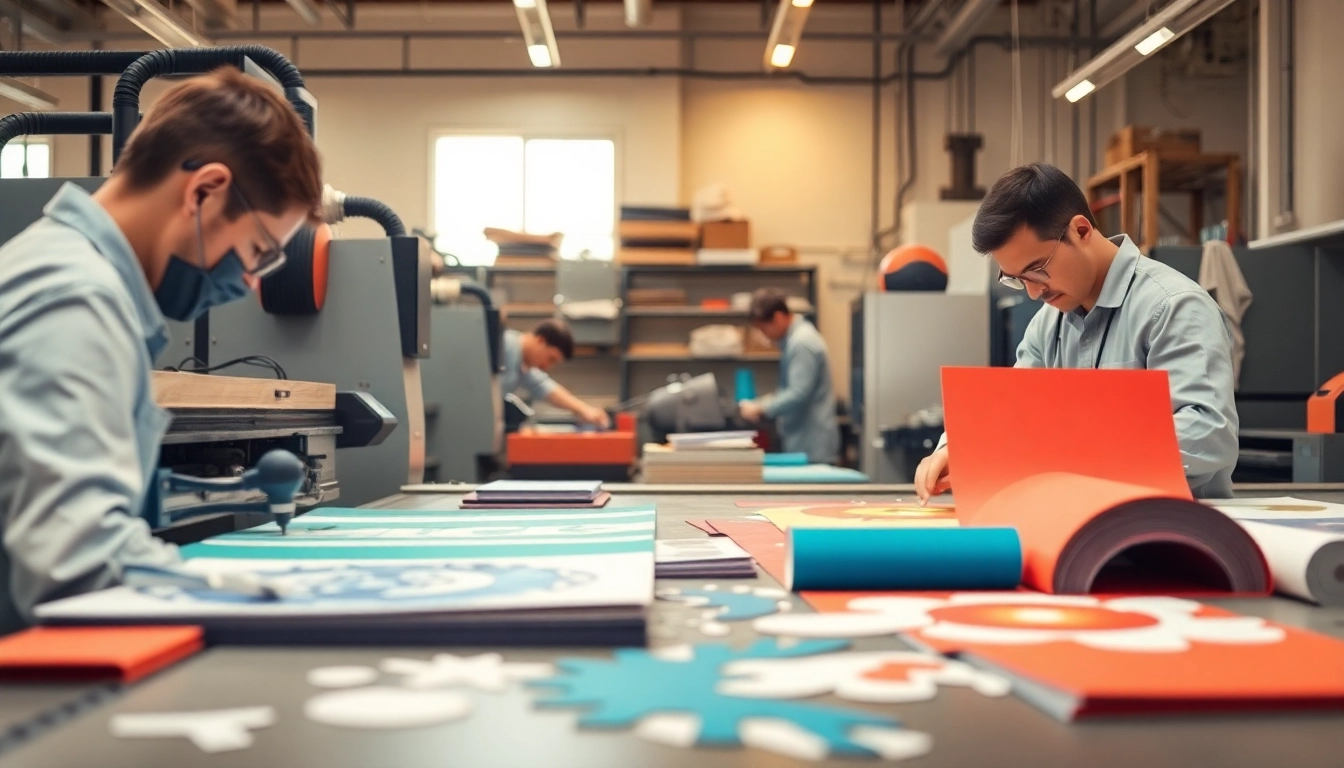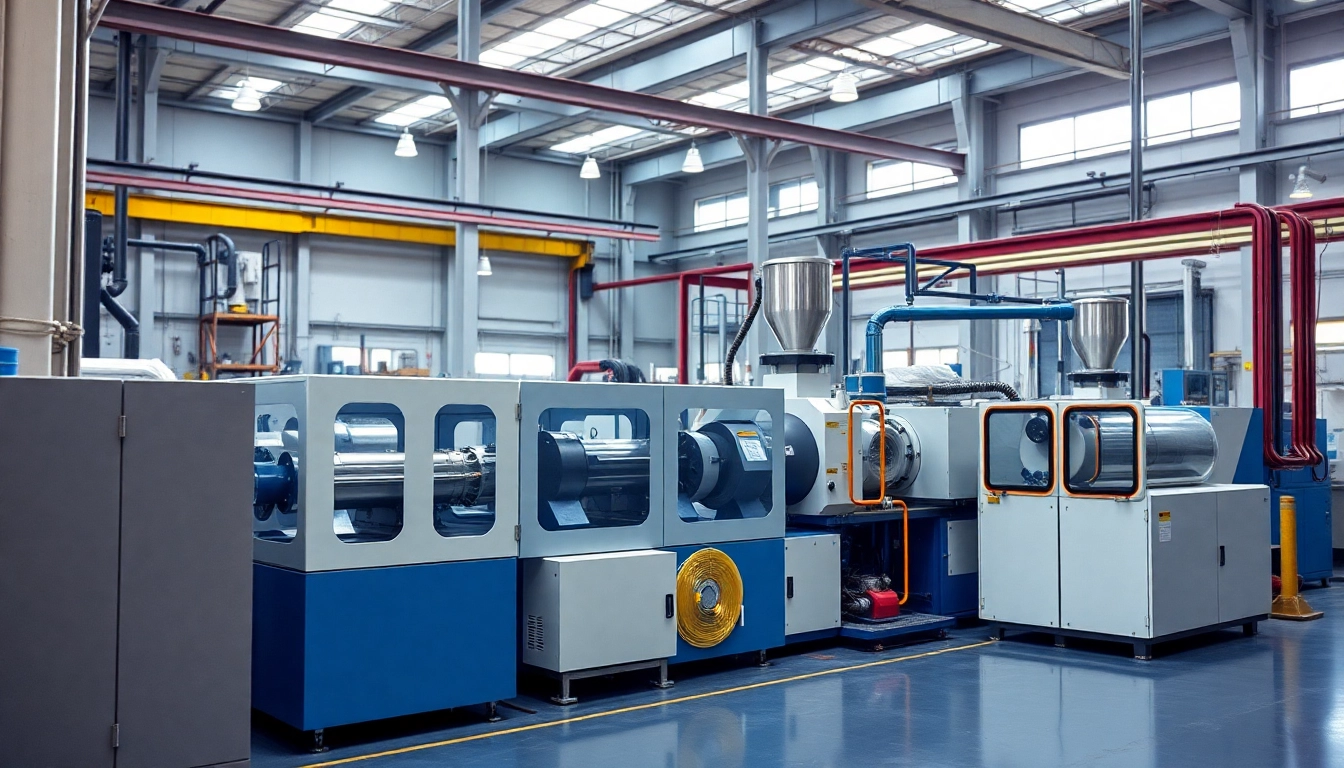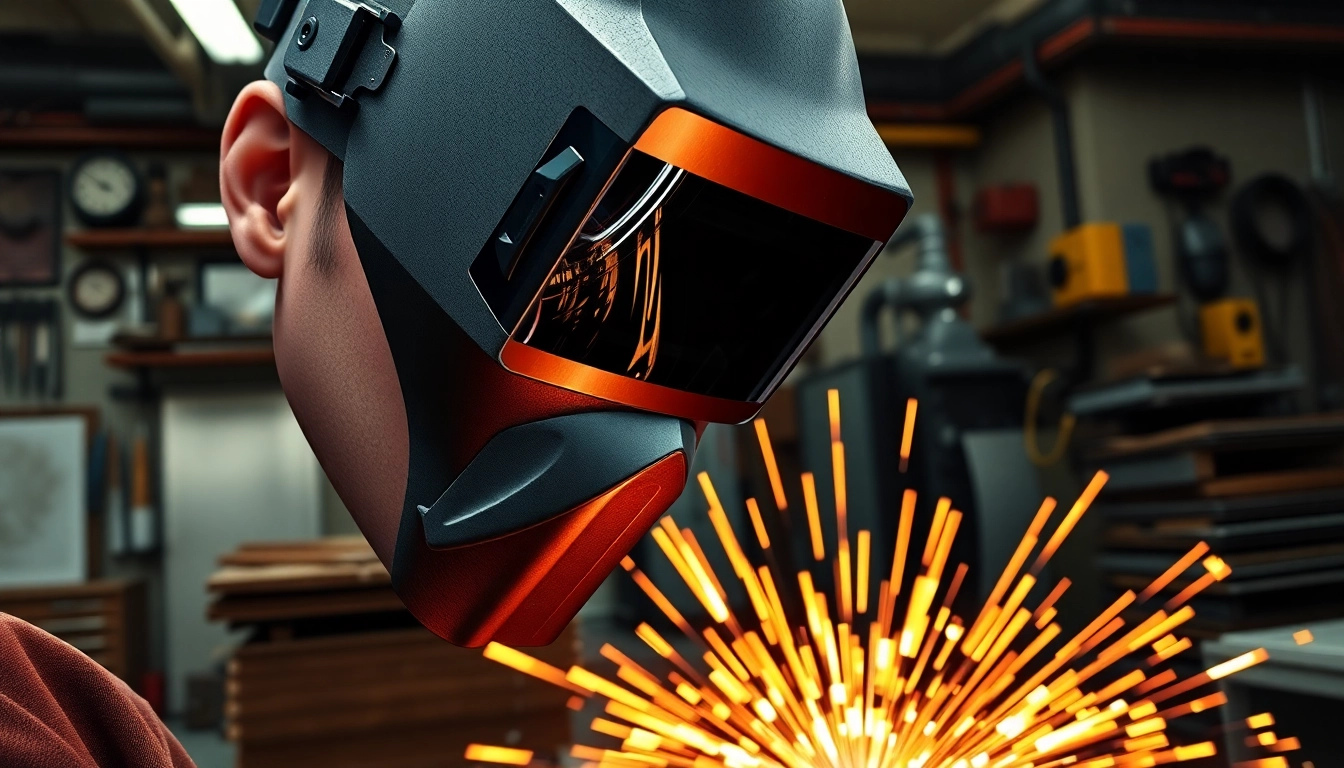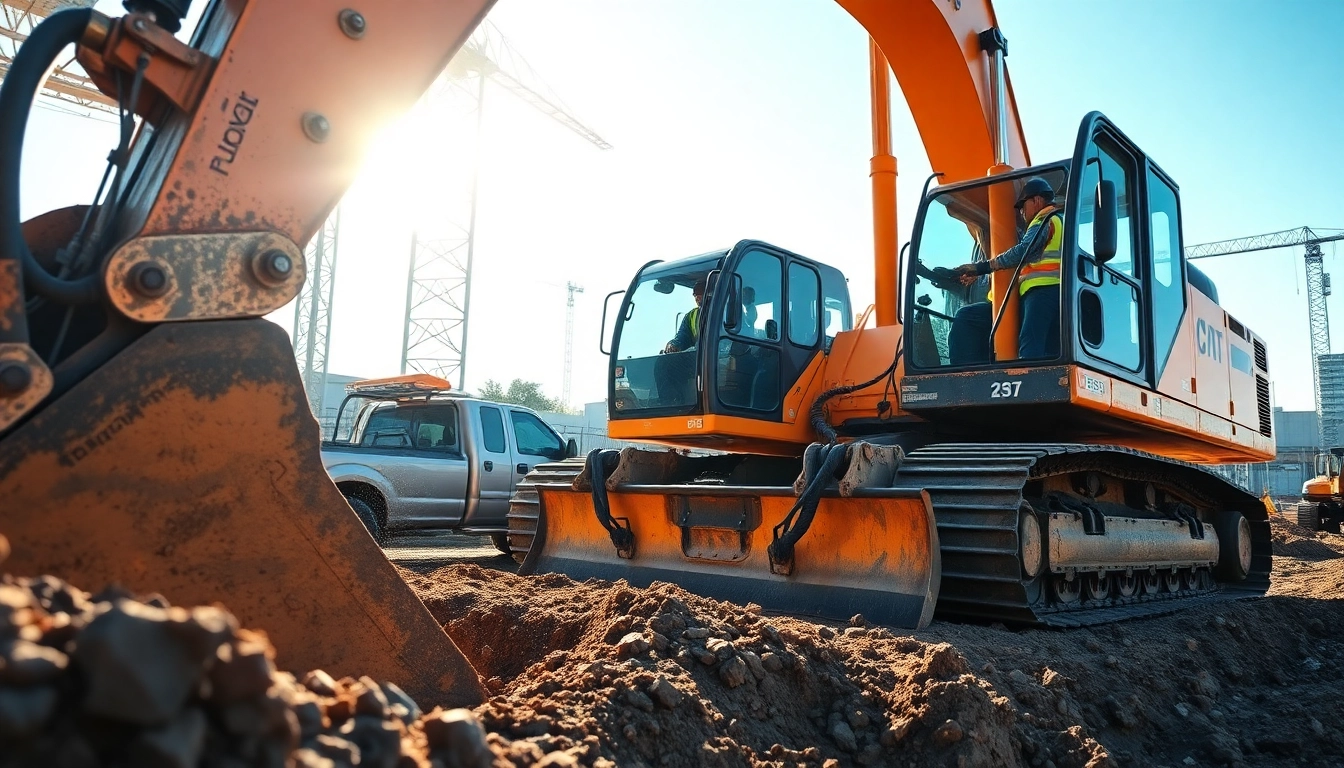Understanding Precision Die Cutting
In today’s manufacturing landscape, precision die cutting stands out as a vital process that shapes materials into specific and functional forms. This method uses sharp blades to cut intricate designs from various substrates, ensuring that the end products meet exact specifications. For businesses seeking to enhance their production efficiency and product quality, exploring the ins and outs of precision die cutting can provide tremendous advantages.
What is Precision Die Cutting?
Precision die cutting is a fabrication method that uses a die to cut materials into predetermined shapes. This process is essential for industries that require a high level of accuracy, such as automotive, healthcare, electronics, and packaging. The die, made from high-strength material, forms the specific shape needed, ensuring high repeatability and consistency across large production runs. Unlike traditional cutting methods, precision die cutting allows for complex shapes and finer details, which are crucial for product functionality and aesthetics.
Key Benefits of Precision Die Cutting
The advantages of precision die cutting extend far beyond simply creating shapes. Here are some key benefits:
- High Accuracy: Precision die cutting provides an exceptional level of accuracy, often within ±0.005 inches. This accuracy ensures that parts fit together seamlessly, which is critical in industries such as aerospace and automotive.
- Cost-Effectiveness: While the initial setup for dies can be expensive, the ability to produce high volumes of product can significantly reduce per-piece costs.
- Material Versatility: Precision die cutting works with a variety of materials, including plastics, metals, rubber, and composites. This flexibility allows manufacturers to use the most suitable materials for their specific applications.
- Complex Shapes: The advanced capabilities of die cutting allow for the creation of intricate and complex shapes that traditional cutting methods may struggle to achieve.
- Speed and Efficiency: With automated processes, precision die cutting can rapidly produce large quantities of parts, significantly improving production timelines.
Common Applications and Industries Served
Precision die cutting serves a multitude of industries, allowing companies to create specific parts tailored to their needs. Common applications include:
- Automotive: Creating gaskets, seals, and insulation materials that must withstand rigorous conditions.
- Medical: Producing components like wound dressings, surgical instruments, and diagnostic devices with utmost cleanliness and precision.
- Electronics: Crafting components such as insulating and conductive materials that require precise dimensions and properties.
- Packaging: Designing custom packaging solutions that enhance product protection and presentation.
- Textiles: Creating intricate fabric patterns and shapes for various clothing and upholstery applications.
Types of Precision Die Cutting Techniques
Various techniques of precision die cutting exist, each suited for different applications and desired outcomes. Understanding these can help businesses choose the best method for their specific needs.
Rotary Die Cutting Explained
Rotary die cutting utilizes a cylindrical die to cut materials as they are fed through the machine. This technique is particularly advantageous for high-volume production runs due to its continuous operation and efficiency. It is frequently used for applications such as:
- Labels and stickers
- Cartons and flexible packaging
- Custom gaskets and seals
The rotary method allows for multiple processes—cutting, perforating, and printing—to be completed in a single pass, significantly speeding up production times.
Flatbed Die Cutting Overview
Flatbed die cutting operates by moving a flat press over the material to create the desired shapes through compression. This method is ideal for thicker materials and smaller runs of production due to its versatility. Common use cases include:
- Cardboard packaging
- Components for appliances
- Limited edition items with unique designs
While flatbed die cutting may not offer the same speed as rotary die cutting, it excels in customization and material handling.
When to Use Laser Die Cutting
Laser die cutting employs a high-powered laser to cut materials down to the most intricate specifications. This innovative technology is perfect for:
- Prototyping new designs
- Producing complex shapes in small quantities
- Materials that require a clean edge with no fraying
Laser die cutting is highly adaptable and can be used across various materials, making it a go-to method for industries requiring precision and detail.
Choosing the Right Die Cutting Service
Selecting the right die cutting service is critical for achieving the desired results effectively. Here are crucial factors to consider when making your choice:
Factors to Consider for Quality and Precision
To ensure you choose a provider that meets your quality standards, consider the following:
- Equipment Capability: Inspect the type and condition of the machinery used, as advanced technology typically yields better precision and efficiency.
- Experience and Expertise: Consider the provider’s history, industry affiliations, and client references to assess their capability in delivering quality products.
- Customization Flexibility: Evaluate whether the service can accommodate unique designs and specific requests without significant delays.
Understanding Pricing Structures in Die Cutting
The cost structure in die cutting can be nuanced, often depending on factors such as:
- Material type and thickness
- Complexity of the design
- Volume of production
- Setup costs for dies
Gathering detailed quotes that break down these elements will help you compare options comprehensively and avoid unexpected expenses.
How to Evaluate Vendor Capabilities
When evaluating potential die cutting vendors, consider the following methods:
- Request Samples: Ask for samples of previous work to assess the quality and precision of their cuts.
- Visit the Facility: If possible, schedule a visit to inspect the equipment, workflow, and quality control processes.
- Analyze Customer Reviews: Look into customer feedback and case studies that highlight the vendor’s strengths and weaknesses.
Best Practices for Precision Die Cutting Projects
To ensure the success of your die cutting projects, adhering to best practices is essential. Here is how to optimize the process:
Design Considerations for Optimal Results
Thoughtful design is crucial in die cutting. Key aspects to focus on include:
- Simplicity: Keep designs as simple as possible to minimize production complexities.
- Account for Tolerances: Understand the tolerances involved, ensuring your design accommodates any potential material movement during production.
- Material Layout: Design layouts that maximize material use while minimizing waste, which can further reduce costs.
Material Selection for Effective Die Cutting
The choice of material significantly impacts the performance and longevity of the final product. Considerations include:
- Material thickness
- Physical properties (flexibility, durability, etc.)
- Cost-effectiveness for the production volume
Strategies for Reducing Lead Times
To ensure timely production, consider the following strategies:
- Regular Communication: Maintain open dialogues with your vendor to stay updated on any potential delays.
- Optimize Design and Prototyping: Utilize rapid prototyping technologies to streamline the design validation process.
- Volume Management: Plan production schedules based on anticipated demands to avoid bottlenecks.
Future Trends in Precision Die Cutting
As technology continues to evolve, the die cutting industry is set to experience significant transformations. Here are some trends to watch for:
Innovations Impacting the Die Cutting Industry
Technological advancements, such as digital die cutting and automation, are paving the way for increased efficiency and reduced production times. Innovations that utilize software for predictive analytics and process automation allow manufacturers to optimize their operations significantly.
Sustainability Practices in Die Cutting
Sustainability is becoming a key consideration in manufacturing processes. Die cutting companies are increasingly utilizing eco-friendly materials and striving to minimize waste. Implementing recycling programs and using biodegradable materials can appeal to environmentally conscious consumers.
Anticipating Market Demand Shifts
The demand for customized products is on the rise, driven by consumer preferences for personalization. Manufacturers must be prepared to adapt their die cutting capabilities swiftly to meet this trend, which may include investing in more versatile technology and flexible production processes.



